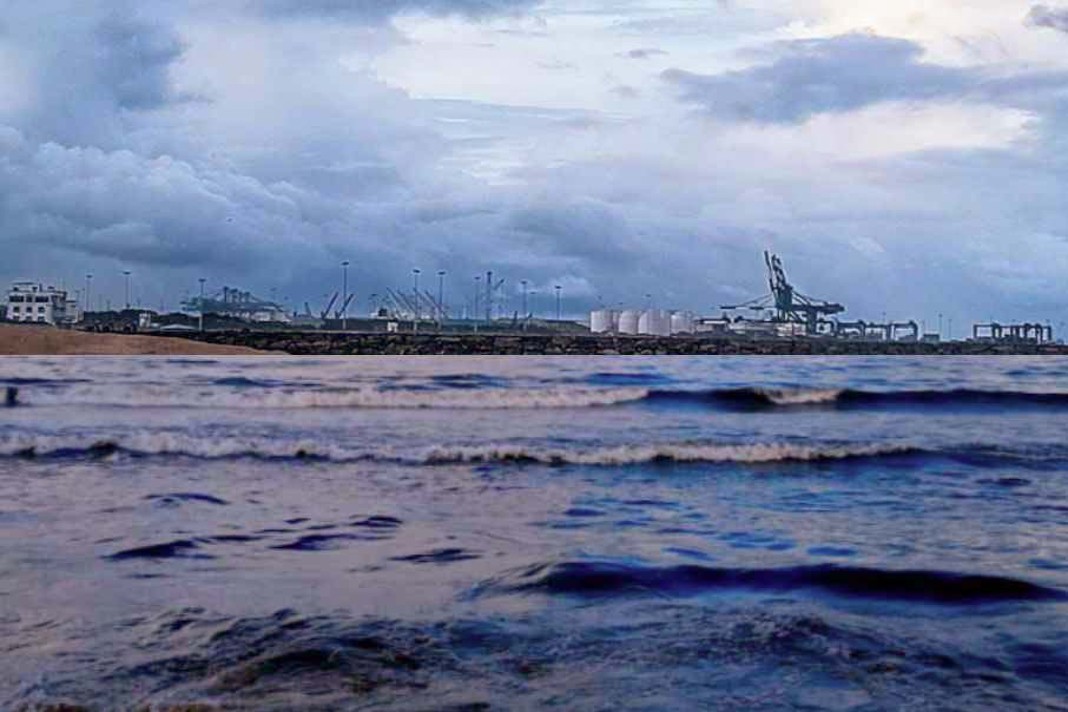In its final safety-investigation report on the grounding of a bulk carrier, the Marine Safety Investigation Unit (MSIU) identified several contributing factors and offered recommendations aimed at preventing similar incidents. The vessel grounded at 02° 14.65′ N, 109° 05.17′ E while en route from Tasmania to Malaysia.
Incident Overview
The vessel was proceeding south of Pulau Serasan at approximately 12 knots when it struck a shoal, resulting in minor damage to the bow area and bottom shell plating in way of Cargo Hold 1. The watertight integrity remained intact and no injuries or pollution were reported.
Investigation revealed that the Digital Chart Display and Information System (ECDIS) in use had inappropriate scale for the area and the quality of the digital chart data did not meet the required “Zone of Confidence” thresholds for that navigation region.
Contributing Factors & Systemic Insights
- Chart Data Quality & ECDIS Use
The investigation highlighted that the vessel’s ECDIS was loaded with a chart whose encoded data quality was below standard for the location and the chart scale was not optimised for the passage. This compromised situational awareness and hindered safe navigation in shallow waters.
2. Navigation Planning and Monitoring
Although damage was minor, the grounding underscores risks when electronic navigation systems are mis-matched to the environment. The report implicitly points to the need for careful voyage planning, waypoint sequencing, and continuous monitoring of ECDIS display settings, especially in unfamiliar or shallow waters.
3. Watertight Integrity & Voyage Outcome
While the ship maintained watertight integrity and avoided major structural compromise, the event illustrates how grounding—even without catastrophic outcome—can impose latent risks to hull strength, future cargo operations, and insurance exposure.
Practical Lessons
- Ensure ECDIS chart data used on board accurately reflects the seabed and navigational hazards of the passage, and that the scale is appropriate to the operating conditions.
- Integrate ECDIS data-quality reviews and “Zone of Confidence” assessments into voyage planning and bridge team checks.
- Maintain the vessel’s structural integrity—particularly bow, shell plating and cargo-hold areas—so that in the event of grounding the damage remains limited and watertight integrity is preserved.
- Embrace a culture of continuous monitoring on the bridge: monitor system settings, validate waypoint progression, and cross-check electronic navigation with radar and visual cues when operating in high-risk zones.
Did you subscribe to our daily Newsletter?
It’s Free Click here to Subscribe!
Source: Transport Malta


















